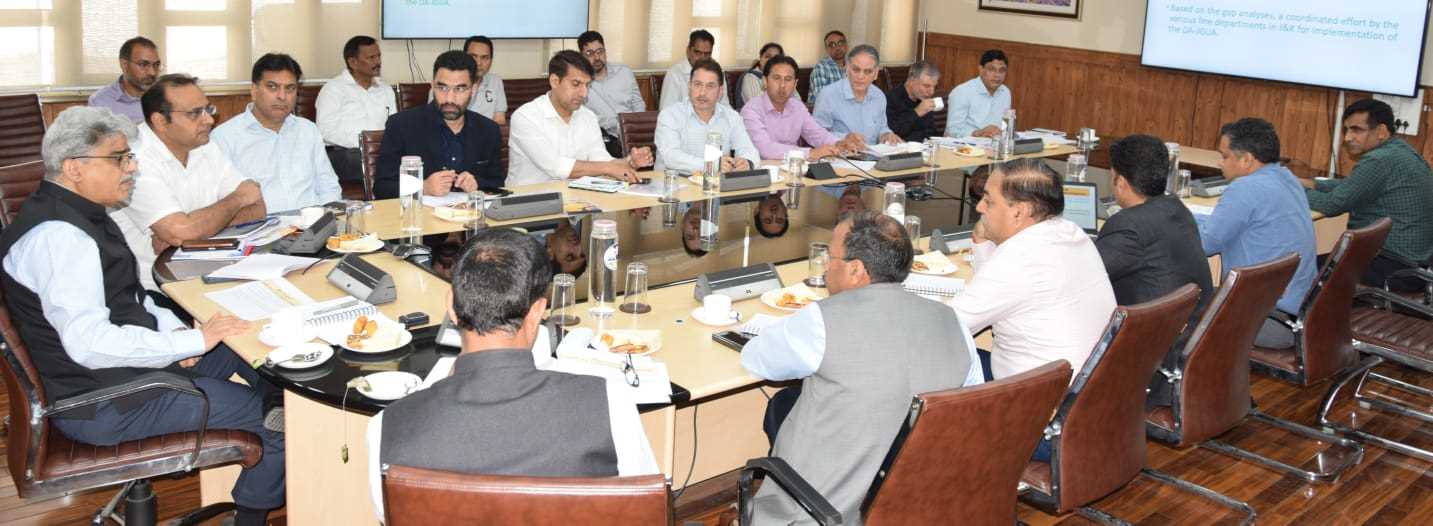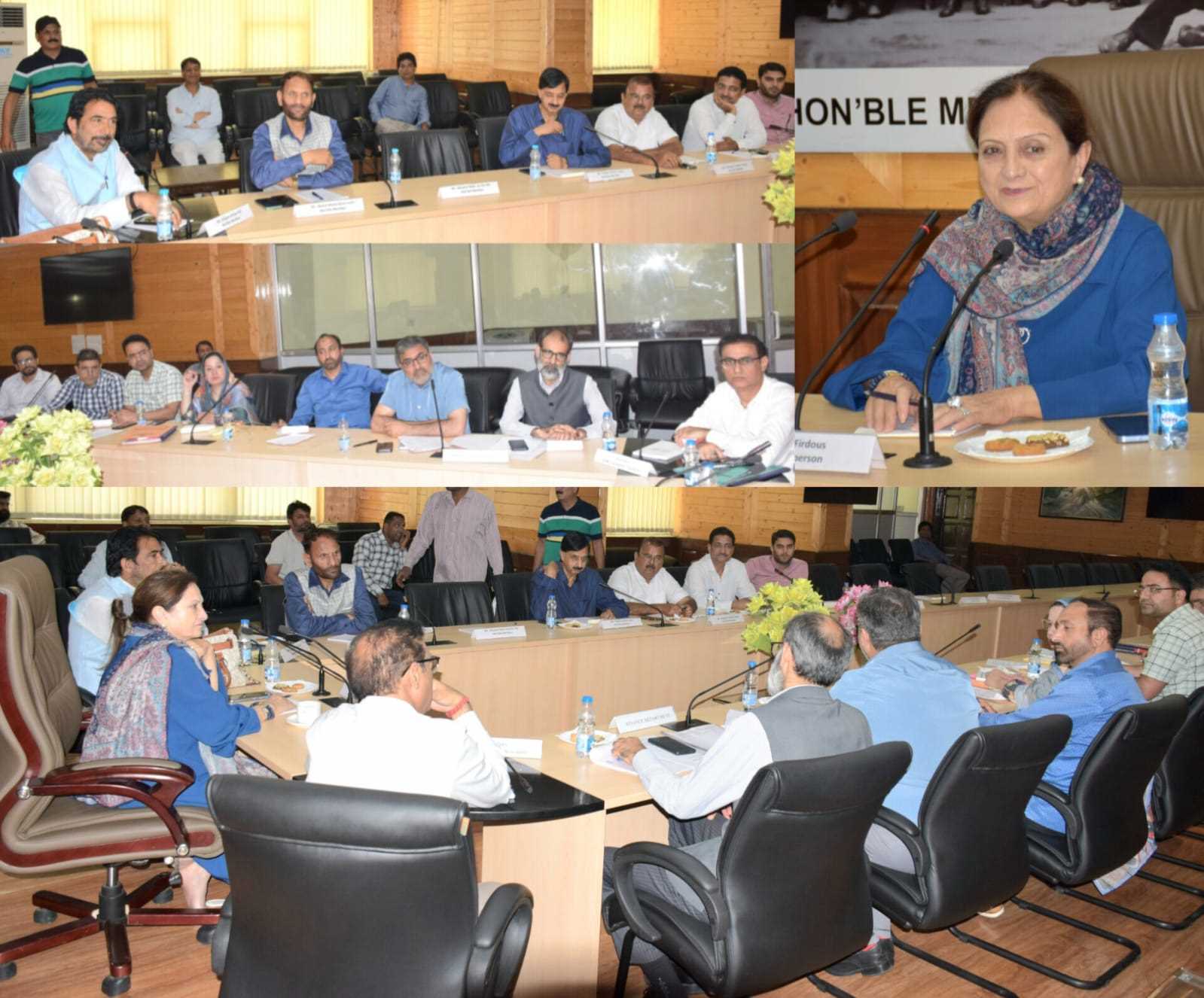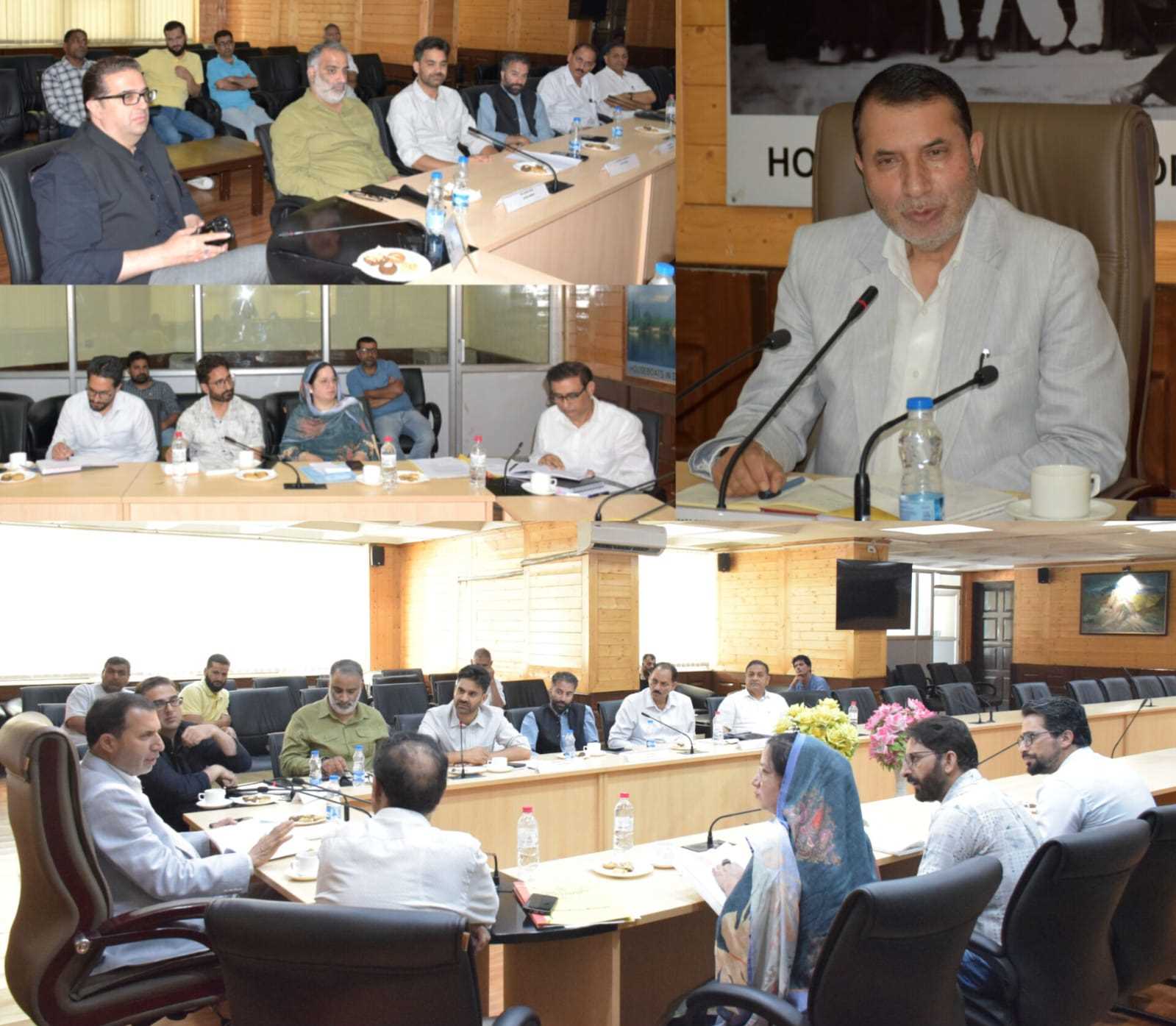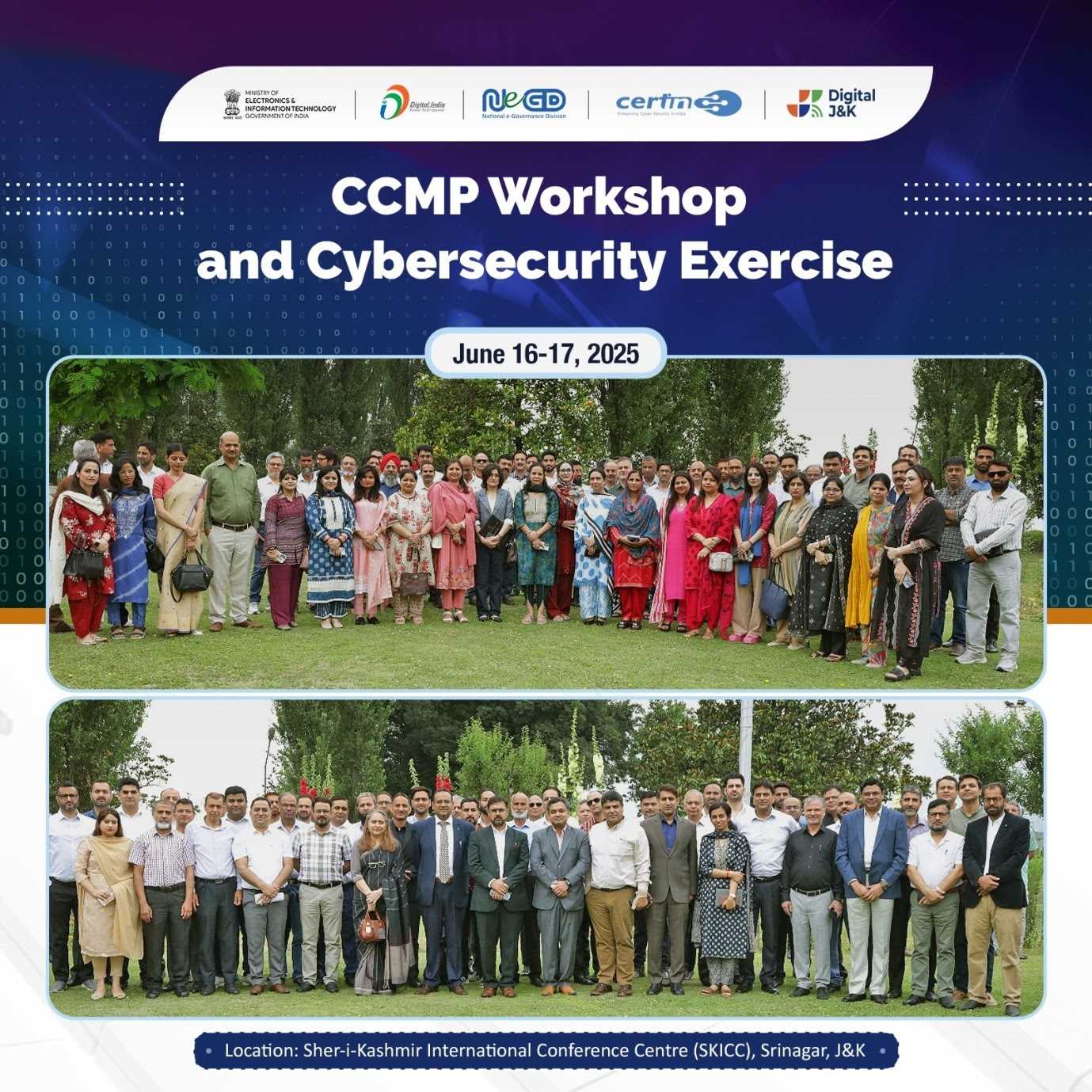The COVID-19 pandemic reshaped the global tourism landscape, presenting both challenges and opportunities for governments, businesses, and travelers. Once a thriving industry, tourism came to a near halt in 2020, marking one of the darkest periods in its history. According to the World Travel & Tourism Council’s annual Economic Impact Report, the sector suffered a staggering loss of nearly $4.9 trillion in GDP—a 50.4% decline—and saw the elimination of 62 million jobs worldwide, an 18.6% drop. To put this into perspective, Germany’s GDP in 2021 was approximately $4.22 trillion, underscoring the severity of the pandemic’s impact on tourism.
Despite the devastating blow, the industry has begun to rebound. However, this recovery is not merely a return to pre-pandemic norms. Instead, new trends have emerged, driven by changing consumer preferences and global health priorities. As Tony Capuano, CEO of Marriott International, observed: “The way we live and work has changed because of the pandemic, and the way we travel has changed as well.”
Among the most prominent developments are the rise of sustainable and experiential tourism, both of which have accelerated in popularity post-pandemic.
Sustainable Tourism
Defined by the United Nations Environment Program and the United Nations World Tourism Organization, sustainable tourism is “tourism that takes full account of its current and future economic, social, and environmental impacts, addressing the needs of visitors, the industry, the environment, and host communities.”
Sustainable Tourism is Grounded in Three Key Pillars
Environmental – Prioritizes the responsible use of natural resources, preservation of ecosystems, and conservation of biodiversity and heritage.
Economic – Ensures equitable distribution of tourism benefits, promotes stable employment, and contributes to poverty alleviation.
Cultural – Fosters intercultural understanding, tolerance, and the protection of cultural values and historic landmarks.
These principles are increasingly being integrated into tourism policies and business models, as travelers seek ethical, eco-conscious experiences.
Experiential Tourism
Experiential tourism emphasizes authentic, immersive engagement with a destination’s culture, environment, and people. It spans a variety of niches, including adventure, cultural, culinary, and luxury tourism.
Following the pandemic, travelers have begun embracing a “no regrets” mindset. A survey conducted by Expedia revealed a growing trend toward seeking out extraordinary, once-in-a-lifetime experiences. Tourists are now willing to spend more to explore unfamiliar destinations and participate in activities outside their usual comfort zones.
India, recognizing the potential of this trend, has launched the National Strategy for Adventure Tourism, aimed at positioning the country as a global hotspot for adventure seekers. The Ministry of Tourism is also collaborating with state tourism departments to develop regional strategies, highlighting a strong governmental commitment to diversifying tourism offerings.
Major travel brands have responded swiftly. Airbnb Adventures, for instance, curates unique journeys tailored to various experience levels and budgets. Similarly, National Geographic Expeditions offers immersive trips designed to help travelers “go beyond the ordinary.” These tailored experiences cater to modern travelers who prefer exploring hidden gems over traditional tourist landmarks.
Key Shifts in Post-Pandemic Tourism
In addition to the rise of sustainable and experiential travel, several other major shifts have reshaped the tourism landscape:
Health and Safety Prioritization – Enhanced hygiene protocols, contactless services, and health screenings have become the norm.
Domestic Travel Surge – With international restrictions in place, many travelers began exploring local and regional destinations.
Digital and Contactless Innovations – Mobile apps, virtual tours, and online check-ins are now essential for a seamless travel experience.
Workcations and Bleisure Travel – The remote work revolution has blurred the lines between business and leisure, leading to longer, more flexible stays.
Sustainability Focus – Travelers are increasingly mindful of their environmental impact, seeking out green accommodations and low-carbon travel options.
Personalized and Flexible Experiences – Flexible bookings, fewer crowds, and personalized itineraries are now top priorities.
Outdoor and Nature-Based Travel – Activities like hiking, camping, and national park visits have gained popularity due to the ease of social distancing.
Health Passports and Travel Apps – Many countries have adopted digital health documentation to streamline border control and ensure traveler safety.
Conclusion
The pandemic has irrevocably transformed the way people travel. While the industry continues to navigate its recovery, it is clear that tourism in the post-COVID era will be more health-conscious, technology-driven, sustainable, and experience-focused. Governments, businesses, and travelers alike must embrace these changes to build a more resilient, inclusive, and forward-thinking tourism sector.
Email:----------shahulfat710@gmail.com










